We’ve built a modular, scalable and geographically agnostic carbon removal system that can deliver CDR at speed and at scale.
Have a look through our FAQs which will give you a little more insight into how (and why) we remove carbon dioxide here at Nellie.
Operations
The CDR Space
-
We’re geographically agnostic meaning that our technologies can be deployed in a range of operational environments around the world.
At present, however, you can see our carbon dioxide removal systems in operation in South Wales, United Kingdom.
-
Through the photosynthesis of microalgae in our proprietary photobioreactors (PBRs), we naturally capture carbon dioxide from ambient and point sources. We expedite the process using our patent pending additives and processes.
-
Through our proprietary pyrolysis technologies, we take the biomass we’ve grown and turn it into biochar and biogenic aggregates. This means the carbon dioxide we’ve removed from the input streams is then stored away for a period of at least 1000 years (and, in the case of aggregates, much, much longer).
-
DAC BECCS and Biochar - that’s because we capture carbon directly from the air and create an organic biomass as a result.
-
As microalgae grows, it naturally captures carbon and uses it for photosynthetic processes. This sequesters the carbon permanently in the microalgae. Then we turn the biomass into biochar (where it can be used as soil enhancement allowing 1000+ years of permanence) or into biogenic aggregates where it goes away for much, much longer.
-
For every tonne of carbon dioxide removed, our certified processes mean we generate a carbon dioxide removal certificate (a CORC). We then sell these CORCs to organisations who then retire them - this means that the CORC cannot be re-traded.
-
Carbon capture is the process of capturing CO2 from the combustion of various materials, such as fossil fuels, and storing it as a way of mitigating the effects of climate change.
-
Greenhouse gases are produced during the combustion of fossil fuels and various other materials. CO2 (Carbon dioxide) makes up the majority of these emissions along with N2O (Nitrous oxide) and CH4 (Methane).
-
CDR stands for Carbon Dioxide Removal, it can be used interchangeably between different formats of removing Carbon dioxide from the atmosphere.
-
DAC stands for Direct Air Capture, Carbon dioxide is captured directly from the air in the atmosphere at any location.
-
Point source capture is when a specific location is selected for Carbon capture to take place, such as at a steel plant and the gaseous emissions from this facility are used as an input stream to the carbon capture technology.
-
Sequestration involves the capture, removal and permanent storage of CO2 from the atmosphere.
-
Scalability and modularity mean we can alter our product in order to fit the needs of the customer, whether it be carbon credits or infrastructure installations.

